



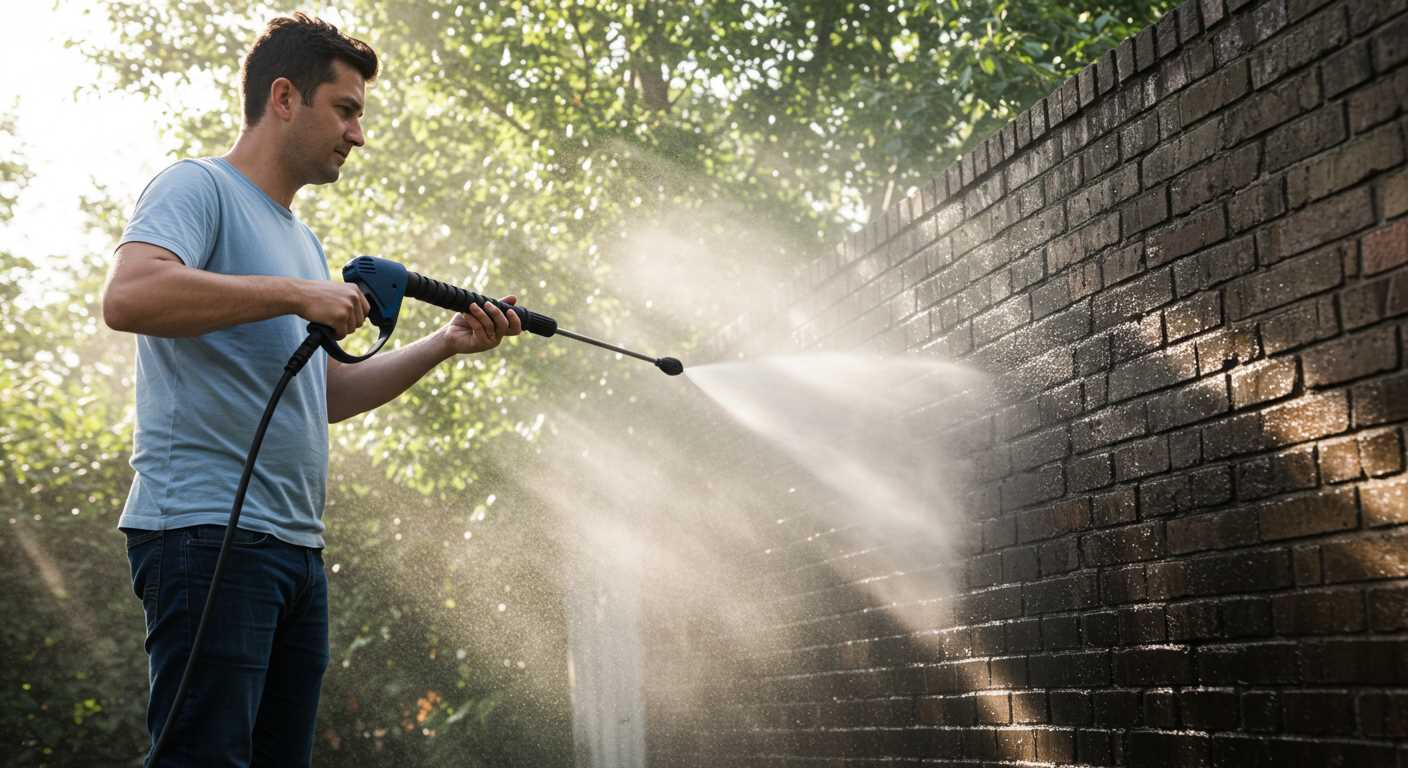
Absolutely, operating a high-pressure cleaner on paved surfaces can yield remarkable results, provided some precautions are followed. My experiences in the cleaning equipment industry have shown that the right approach can transform tired, stained pathways into fresh, appealing areas.
Firstly, selecting an appropriate nozzle is critical. A fan nozzle is often recommended, as it disperses water over a wider area and reduces the risk of damaging the surface. In my early days, I learned the hard way that a narrow jet can erode the joints between stones, leading to unsightly gaps and potential weed growth.
Secondly, maintaining a safe distance is vital. Keeping the cleaning device at least 30 centimetres away from the surface helps avoid any unintended harm. I recall a time when I got too close, and the result was a chipped corner on a perfectly laid stone. It’s a lesson that sticks with me: patience and distance pay off.
Lastly, always check for loose stones or debris before starting the cleaning process. A quick visual inspection can prevent unnecessary damage and ensure a smoother operation. I’ve often found that taking a moment to prepare leads to a much more satisfying outcome.
Understanding Paving Materials and Durability
When considering maintenance, it’s crucial to recognise the variety of materials used in paving. Common options include clay, concrete, and natural stone. Each type possesses unique characteristics affecting longevity and visual appeal. For instance, clay units often exhibit excellent durability and colour retention, making them a popular choice for driveways.
Material Properties
Concrete slabs are renowned for their strength and versatility. They can withstand heavy loads, which is why they’re frequently found in commercial spaces. However, they may be prone to staining and require regular upkeep to prevent wear. Natural stone, on the other hand, provides a timeless aesthetic. While more expensive, its resistance to fading and cracking makes it a worthy investment for high-traffic areas.
Maintenance Recommendations
Regular care extends the lifespan of these surfaces. For clay and concrete, sealing is advisable to safeguard against moisture penetration and dirt accumulation. Natural stone, although durable, benefits from gentle cleaning methods to preserve its surface integrity. My experience has shown that a soft-bristled brush paired with mild detergent works wonders without risking damage.
Understanding the specific materials and their behaviours plays a significant role in choosing appropriate cleaning techniques. Assessing the type of paving in your space ensures effective maintenance while maintaining aesthetic quality for years to come.
Preparing Your Block Paving for Pressure Washing
First, clear the area. Remove furniture, pots, and any obstacles that could hinder the cleaning process. This ensures you have unrestricted access to every section of the surface.
Next, sweep thoroughly. A broom or blower is effective for removing loose debris, such as leaves and dust. This step prevents dirt from being pushed into the joints during cleaning.
Inspect for weeds or moss. If present, treat these with a suitable weed killer. Allow it time to work before proceeding, as this will enhance the overall cleanliness and longevity of the surface.
Check for loose or damaged stones. Any that are unstable should be re-secured or replaced. This helps maintain the integrity of the surface during the cleaning process.
Consider applying a jointing compound. If the gaps between the stones are significant, filling these can prevent the loss of sand during cleaning. This is particularly useful if the gaps have widened over time.
Finally, test a small, inconspicuous area before proceeding with the entire surface. This allows you to assess how the material reacts to the cleaning method, ensuring no damage occurs.
Selecting the Right Pressure Washer Settings
For optimal results, adjust your machine’s settings based on the surface condition and type of grime. A lower pressure setting, around 1500 PSI, works well for softer materials, while tougher stains may require higher settings, up to 3000 PSI. Always start low and gradually increase the intensity; this prevents damage and allows you to gauge how well dirt is being removed.
Utilise a fan spray nozzle, typically 25 degrees, for wider coverage and even cleaning. For stubborn stains, a zero-degree nozzle may be necessary, but use it with caution to avoid etching the surface. To get rid of moss and algae effectively, apply a suitable cleaner before washing. This pre-treatment loosens dirt and enhances the cleaning process.
Temperature also plays a role; warm water can improve cleaning efficiency, especially for oil or grease stains. If your model allows, set the water temperature to around 60 degrees Celsius. Always follow the manufacturer’s guidelines regarding temperature limits.
After adjusting the settings, test on a small, inconspicuous area first. This step helps you confirm that the chosen pressure and nozzle won’t cause harm. If you’re unsure about the best equipment, check out this pressure washer for dirty patio guide for recommendations tailored to various situations.
Lastly, keep the nozzle at a consistent distance–approximately 30 cm from the surface. This distance ensures effective cleaning without risking damage. Regularly move the nozzle to avoid concentrating on one spot for too long, which can lead to wear.
Techniques for Pressure Washing Block Paving
Begin with a thorough test on an inconspicuous section. A gentle pass helps gauge the impact on the surface without risking damage. Adjust the nozzle to a wider spray pattern for broader coverage, ensuring the angle remains around 45 degrees to avoid dislodging any stones.
Utilise a sweeping motion, moving from one side to another rather than staying in one spot. This prevents water from pooling and allows for effective dirt removal. Maintain a distance of approximately 30 centimetres between the nozzle and the surface to strike a balance between power and safety.
For stubborn stains, consider applying a suitable cleaning solution beforehand. Allow it to dwell for a few minutes before starting the washing process, which enhances the cleaning effect. After applying the detergent, rinse with plain water to avoid residue.
In areas with significant growth of moss or weeds, targeting these spots with a concentrated spray can help dislodge them. Follow up with a brush if needed, ensuring that debris is cleared from the joints of the stones.
After completing the washing, inspect the surface for any remaining dirt or stains. A second pass might be necessary for particularly stubborn areas. Don’t forget to clean any adjacent surfaces or pathways, creating a consistent look throughout your outdoor space.
Lastly, allow ample time for the area to dry. This not only ensures the surface is safe to walk on but also allows for any remaining moisture to evaporate, reducing the risk of slipping or further staining. Proper maintenance post-cleaning will keep the stones looking fresh and inviting.
Avoiding Common Mistakes When Using a Pressure Washer
One of the biggest pitfalls is selecting the wrong nozzle. I’ve seen countless individuals use a narrow nozzle when a wider one would suffice. A narrow nozzle increases the pressure too much, risking damage to the surface. Always opt for a wider spray pattern when cleaning delicate materials.
Over-Pressure Application
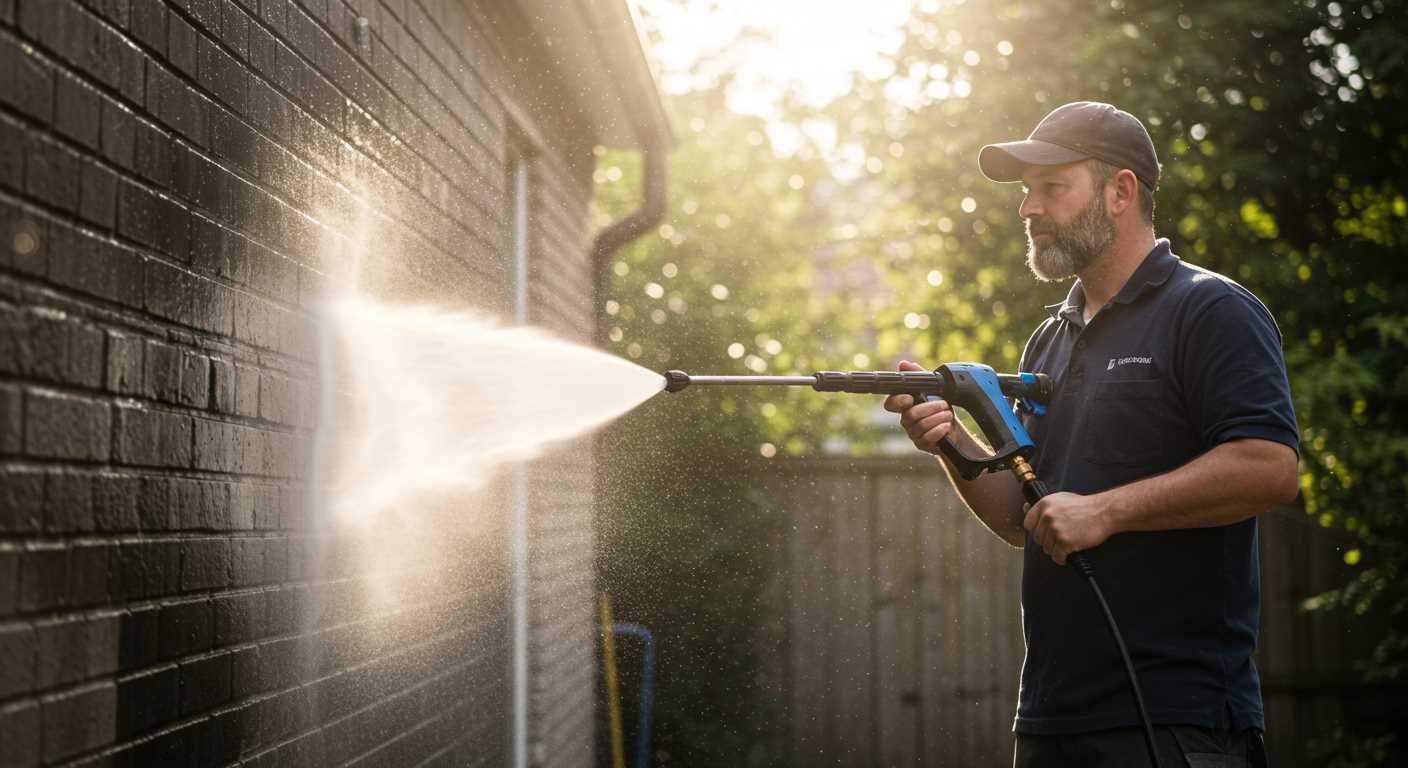
- Too much force can dislodge sand from joints, leading to instability in the surface.
- Maintain a safe distance from the surface; typically, 1 metre is a good rule of thumb.
- Adjust the pressure settings according to the material type.
Ignoring Pre-Cleaning Steps
- Remove large debris and dirt before starting the washing process to prevent scratching.
- Rinse the area with water to loosen grime, making the cleaning more effective.
- Consider applying a suitable detergent designed for your specific surface before rinsing.
Another mistake is neglecting to check for loose bricks or stones. This oversight can lead to further damage or uneven surfaces. Inspect the area thoroughly before beginning.
Using the wrong detergent is a common error as well. While some may think that any cleaner will do, it’s vital to choose one that’s compatible with the surfaces being cleaned. Always read labels and follow the manufacturer’s recommendations.
Lastly, don’t forget to clean up after the job. Leftover detergent residue can attract dirt and create a mess. Rinse the area well to avoid future buildup.
Post-Washing Care for Paved Surfaces
Immediately after the cleaning session, inspect the area for any remaining debris or grime. A good rinse with clean water can help remove any residues left behind. I’ve often found that a second pass with a garden hose can be just what’s needed to ensure everything looks pristine.
Jointing Material and Replacing
Pay attention to the jointing material between the stones. If you notice any missing or damaged sand, it’s wise to replenish it promptly. I remember a time when I overlooked this step; the gaps widened over time, leading to weed growth and further complications. Use kiln-dried sand, sweeping it into the joints, and then lightly misting the area to settle the sand without washing it away.
Sealing and Maintenance
Consider applying a sealant to enhance protection against stains and weathering. I’ve seen remarkable differences in how surfaces withstand the elements after sealing. Wait at least 24 hours after washing before applying any product, ensuring the surface is completely dry. Regular maintenance, such as sweeping and occasional rinsing, will extend the lifespan of the installation and keep it looking fresh.
When to Seek Professional Help for Block Paving Cleaning
Engaging experts for maintenance becomes necessary under specific circumstances. If the surface has deep-set stains or significant grime that persists despite regular attempts at cleaning, it’s time to reach out for professional services. Additionally, if the joints between the stones show signs of damage or erosion, a specialist can provide the necessary repairs and restoration.
Experience has shown me that improper techniques can lead to further issues, such as dislodged stones or uneven surfaces. If unfamiliar with the intricacies of various materials, seeking assistance can prevent costly mistakes. Moreover, persistent weed growth or moss that reappears shortly after cleaning often indicates underlying problems that require a professional diagnosis and treatment.
Another scenario is when dealing with large areas. Tackling extensive surfaces alone can be overwhelming and time-consuming. In such cases, calling in professionals ensures the job is handled efficiently and thoroughly. Their expertise often translates to better results and longer-lasting cleanliness.
Lastly, if there are concerns regarding environmental regulations or local guidelines for cleaning methods, consulting with experts ensures compliance. They are well-versed in the best practices and can suggest suitable alternatives, such as eco-friendly cleaning agents.
| Situation | Recommended Action |
|---|---|
| Deep stains or persistent grime | Contact a professional for thorough cleaning |
| Damaged joints or stones | Seek expert repair and restoration services |
| Persistent weed or moss growth | Get a professional diagnosis and treatment |
| Large areas to clean | Hire professionals for efficient service |
| Concerns about local regulations | Consult experts for compliant cleaning methods |
For those who might be interested in tools for other cleaning projects, I recommend checking out the best air compressor for car tools. This can come in handy for various tasks around the home or garage.
FAQ:
Can I safely use a pressure washer on block paving?
Yes, you can use a pressure washer on block paving, but it’s important to do so with caution. Use a low-pressure setting to prevent damaging the joints between the blocks. Additionally, maintain a safe distance from the surface to avoid dislodging any blocks or harming the sealing.
What pressure setting should I use for cleaning block paving?
For cleaning block paving, a pressure setting of around 1300 to 1500 PSI is generally recommended. This level is sufficient to remove dirt and grime without causing damage to the paving stones or the joints. Always start at a lower pressure and gradually increase it if necessary.
Are there any specific cleaning solutions I should use with a pressure washer on block paving?
While many people opt to use just water, adding a specially formulated paving cleaner can enhance the cleaning process. Look for biodegradable products that are safe for use with pressure washers. Ensure that any cleaning solution is suitable for use on block paving and follow the manufacturer’s instructions.
How often should I pressure wash my block paving?
The frequency of pressure washing your block paving depends on its exposure to dirt and grime. Generally, it’s advisable to pressure wash once a year. However, if you notice significant staining or moss growth, you may want to clean it more frequently. Regular maintenance can help prolong the life of your paving.

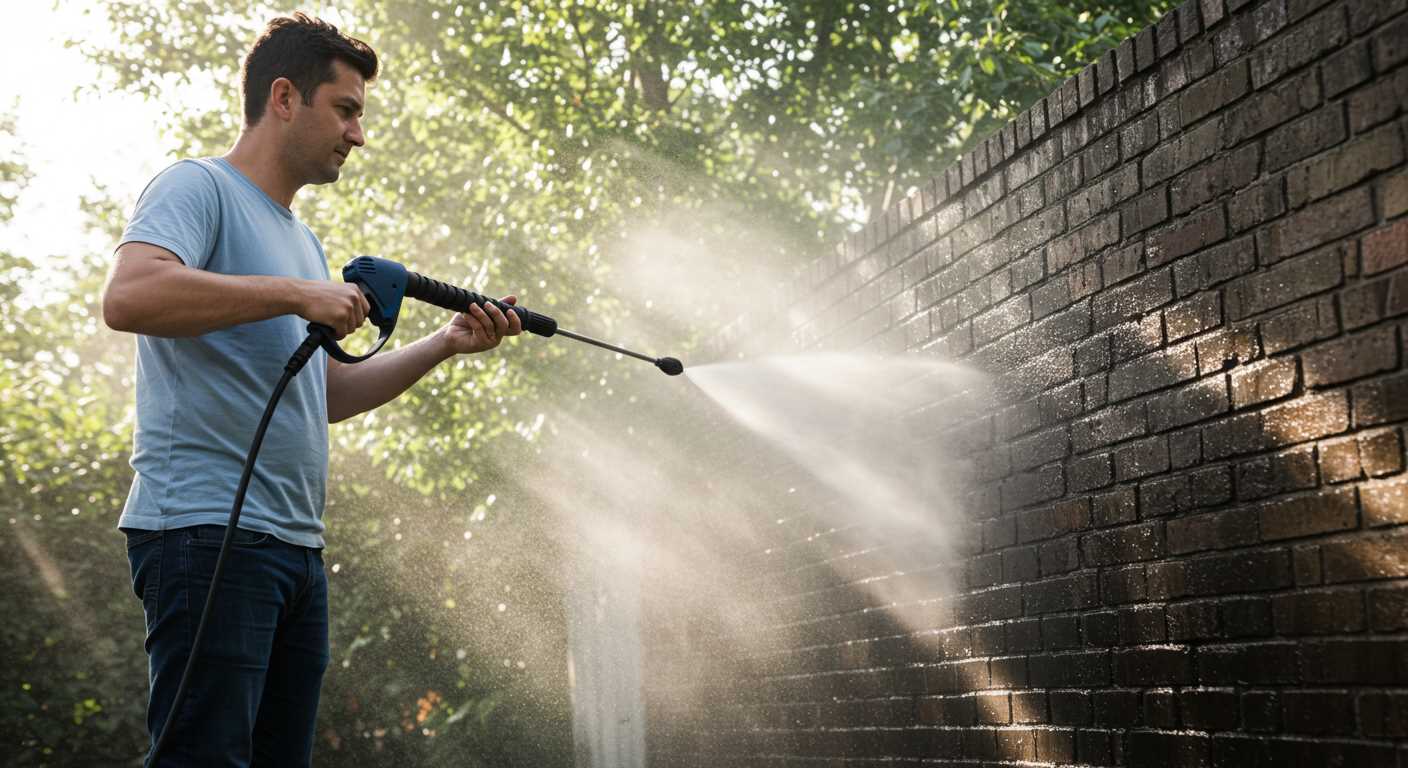
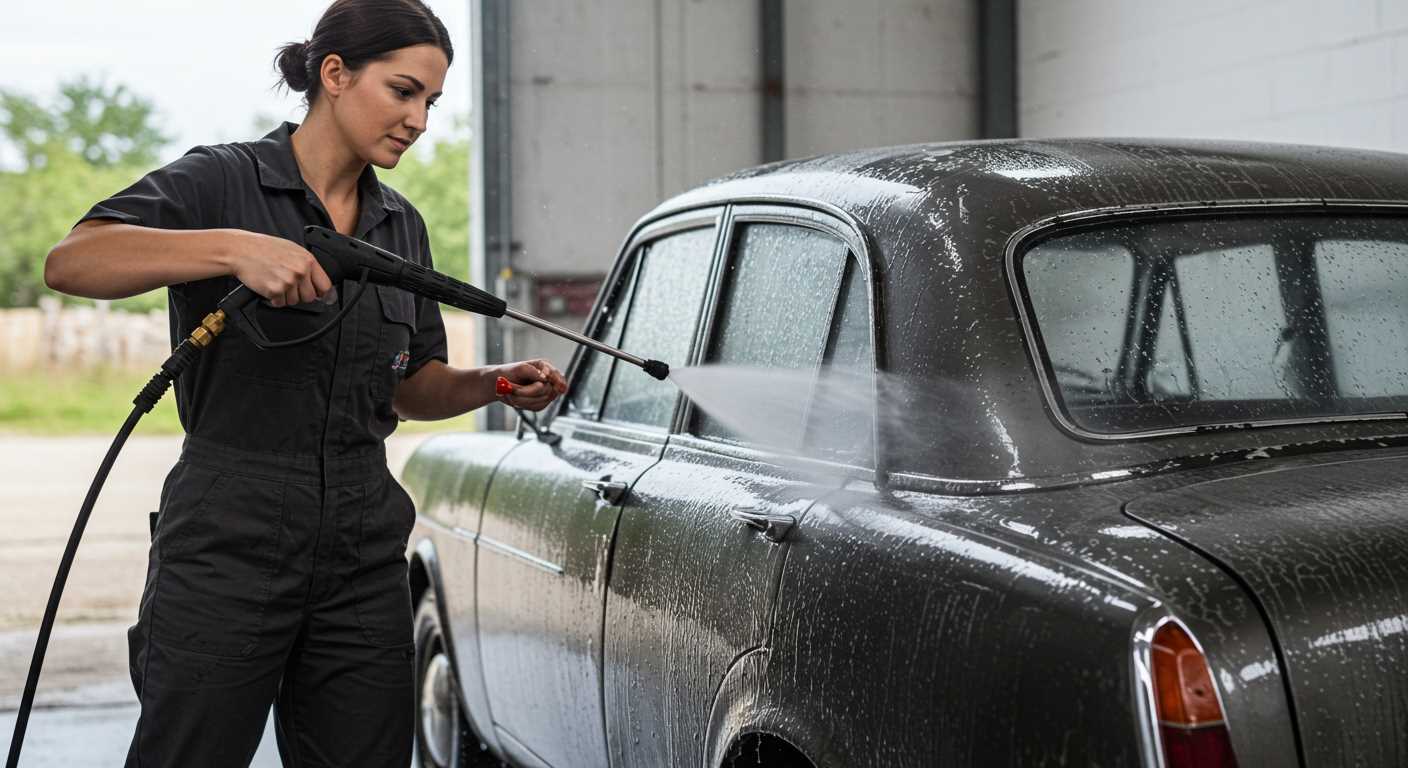
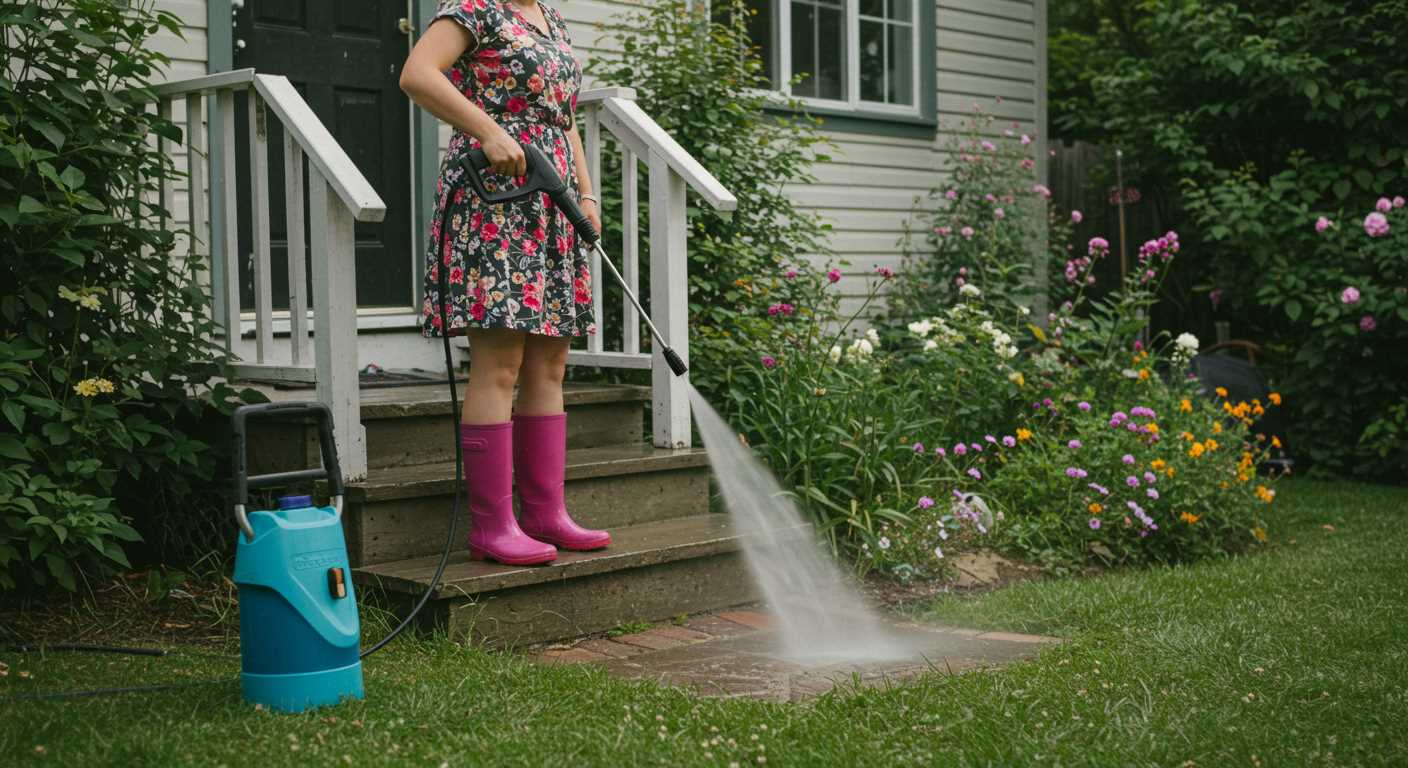
.jpg)


